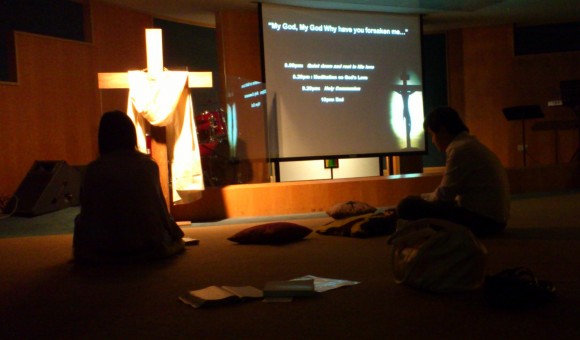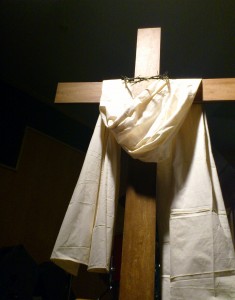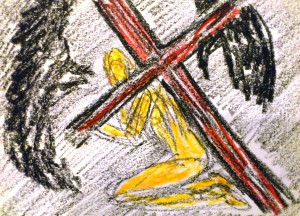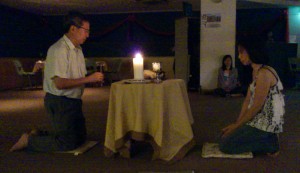Doing part-time formal studies and ministry at the same time can be deeply enriching. The reality of doing both simultaneously forces you to reflect on your actual ministry situation and make relevant applications. We often get so absorbed in ministry, we develop tunnel vision and silo mentality, and do not take a step out of our situation and reflect on what and why we are doing what we are doing. Or our heads could be so into our books and laptops in the seminary library, we hardly reflect on the practical ministry implications of what we were learning. The press of time could even be worse when we do both together. However if the assignments were well-designed and the subject you were researching relevant to ministry, you would be forced to reflect and act in ways that were deeply enriching for yourself and for the ministry.
A case in point was a piece of assignment I had to do in a spirituality module (AGST MTh) which had to do with crafting a Rule of Life. It is simply a growth plan of soul-care tailor-made for your unique self. It is specific to your temperament preferences, ministry situation, stage of life and needs. It outlines a rhythmic cycle of daily offerings of yourself to the Lord. It is holistic and includes a rhythm of prayer, silence and solitude, reflection and other areas of growth. It does not bind but puts you in a place of enjoying spiritual liberty. The paper was done with enthusiasm tempered by realism as I was still in the ministry. It was most helpful, and till serves as a reference point for my reflection and prayer.
Can stretch you to the point of scream
It is enriching but at times it stretches you to the point of scream. The ministry is always more urgent and demanding. A new sermon is due in a fortnight, if not this Sunday. Its always keeping you on your toes. Besides this Sunday key task, there are other programs and members’ needs that call for your attention. Part of my ordination vows include a vow to be in fellowship with other ministers, so meeting with other pastors has been a part of my ministry. As much as I have tried to keep all my assignments done on time, over the last two modules I could not meet the deadline. Blame it on Christmas, Chinese New Year, Holy Week, the nature of the assignments and poor time management and motivation…..and the devil. We need to have the peace that passes all understanding and a patience with ourselves. The food on our plate is more than we can handle but somehow the Lord does enable us by grace (his and the lecturers’) to finish the assignments.
Choose a course that grabs you and do it for his greater glory
With all the challenges of doing formal studies and ministry at the same time, you have to choose a course that interests you and helps you in your goal of seeking God’s greater glory. You have to be clear about what you want, and the course has to grab your attention, and when you pray about it your desire grows and persists over time. It would be wise to have done one or two modules to get a taste and feel of the weight and demands of doing formal part-time studies and ministry together. A trial period like this helps you make a better and firmer decision and will increase the likelihood of finishing it. Because your goal is the greater glory of God, should you be unable to finish the course for some unforeseen reason, it does not matter, because your interest is in being a better servant of God and his people.
.






